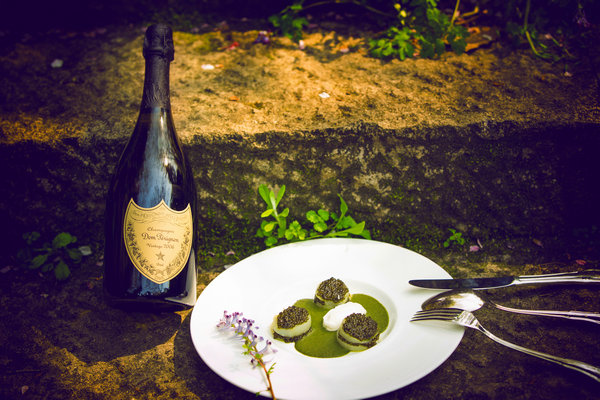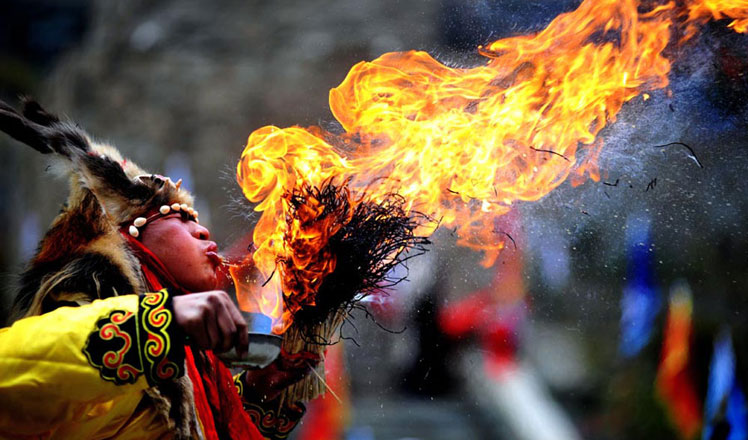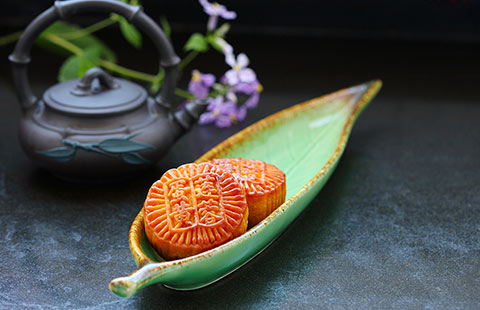Premium French vintages get a Chinese taste test
Updated: 2016-04-01 09:02
By Liu Zhihua(China Daily)
|
|||||||||
 |
|
A match of Dom Perignon 2006 vintage with scallop, caviar and watercress veloute.[Photo provided to China Daily] |
It was not until in 2015 that the comprehensiveness and harmony of the champagne's first plenitude - a phrase used to describe moments when the wine that matures in cellar for years becomes expressive and ready - was finally reached, enhanced by a clear structure that gives it freshness and precision, Geoffroy says.
The P2 1998, meanwhile, is 18 years old, and is more intense and more interesting with great energy, he says.
"P2 is about peak and depth. And it's better textured, creamier, not complex. So if you love Dom Perignon, P2 is just more of it," Geoffroy says, adding that he tastes at least twice a year to monitor the ripeness of the wine and to judge when the wine is ready to release.
P1 level needs at least seven years of maturation on the lees, P2 needs a minimum of 12 years of maturation on the lees, and P3 - when the wine's character is drawn to its core - is achieved after 20 years or more, though all can come from the same vintage.
Geoffroy believes there is a correspondence between Western and Chinese cuisines in terms of harmony, completeness, and even the cooking techniques, although there is a huge gap in cultures, eating habits and local ingredients. So if a wine works with particular foods in one cuisine, it also works with similar foods in others, he says.
Vegetables, seafood and white meat are perfect to go with the two wines, but not red meat (except duck), unless it is stewed, he says. Gentle spiciness in Chinese cuisine matches well with the champagne, but Hunan and Sichuan cuisines are too intense, he notes.
liuzhihua@chinadaily.com.cn
Related Stories
Foreign food that caters to local tastes 2016-03-29 08:11
Public complaints about food, medicine increase in China 2016-03-31 17:03
Xinjiang food group looking to expand across the country 2016-03-21 14:43
Making food security a top priority 2016-03-22 10:46
Today's Top News
A fresh start
Bookshops reinvent themselves
Xi-Obama bilateral talk to advance ties
Foreign companies reassured on new Internet rules
Beijing and Prague form new key link
Trump drops pledge to back Republican nominee
China, Czech Republic set up strategic partnership
EgyptAir hijacker arrested, all passengers freed
Hot Topics
Lunar probe , China growth forecasts, Emission rules get tougher, China seen through 'colored lens', International board,
Editor's Picks

|

|

|

|

|

|






